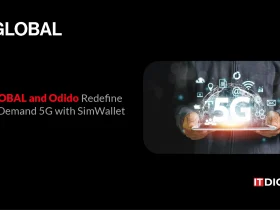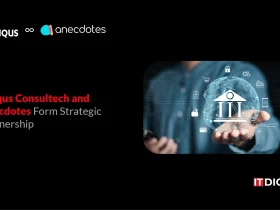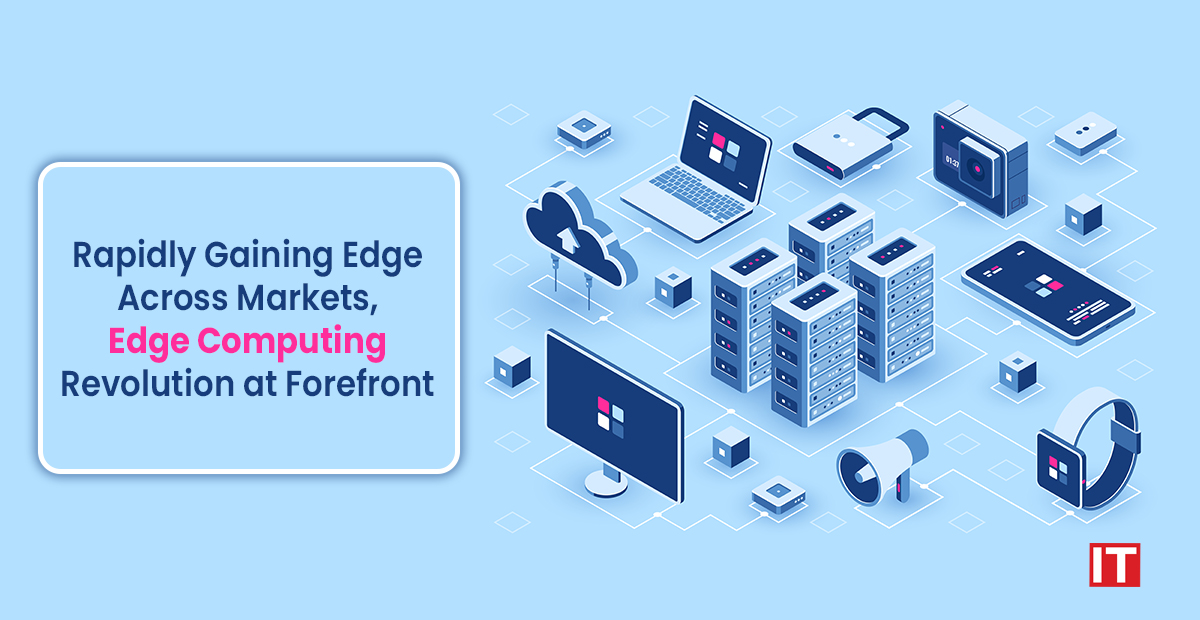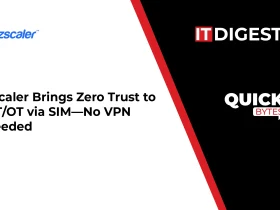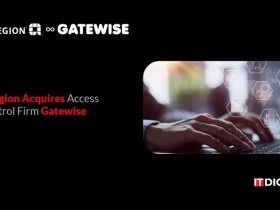Edge computing is a distributed information technology (IT) architecture in which client data is processed as near to the original source as is practical at the network’s edge. It reduces the cost and energy use of network infrastructure while maximizing throughput and latency.
Edge computing is a key component of the fourth industrial revolution (Industry 4.0) and is also one of the most exciting emerging technologies in IT today. As more and more companies are looking to keep up with demand for faster, more responsive service in an increasingly digital world, edge computing provides a solution that can help them do just that.
The term “edge” refers to the limitations of traditional cloud infrastructure. The edge, however, is not limited to physical locations like data centers or mobile hubs that are located near large corporations and businesses. In fact, companies are increasingly adopting edge computing technologies to provide services at a lower cost and with fewer resources required than conventional cloud-based servers or data centers.
The idea behind edge computing is simple: by processing data closer to its point of origin, it can provide faster access speeds than traditional computing models that rely on central data centers. This allows companies to streamline their operations and increase performance without adding additional servers or software upgrades.
Nailing the Mobility Game
The use of multiple mobile devices, IoT devices and other endpoints generates massive amounts of data that must be analyzed and acted on quickly. Moving this data to a central location for processing would require immense storage resources and would subject the user to unacceptable latency.
Edge computing provides a way to offload processing from the user’s device and route it over the edge network to a central processing center, where it can be processed in near real time.
This allows for faster response times, reduced power consumption, and enhanced security because the information is not stored locally on each endpoint.
Why is Edge Computing Zooming Across the Market?
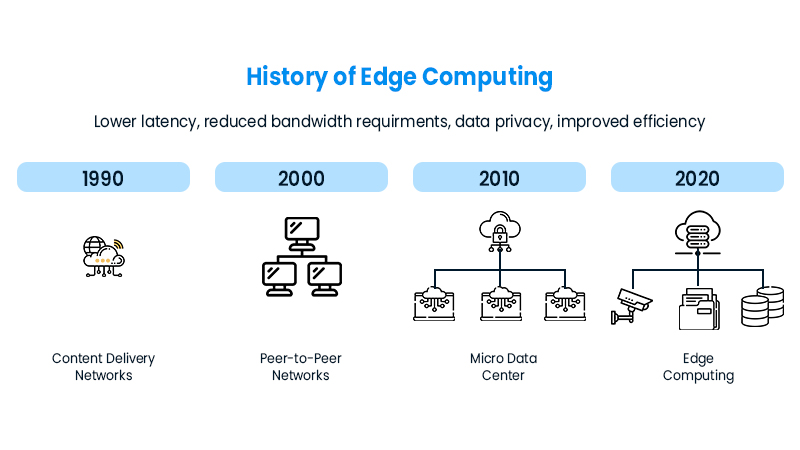 By distributing servers throughout the network, edge computing reduces latency and enables real-time data analytics. The distributed architecture also increases security and allows for greater scalability.
By distributing servers throughout the network, edge computing reduces latency and enables real-time data analytics. The distributed architecture also increases security and allows for greater scalability.
These benefits are especially evident in IoT applications, which require rapid response times to detect anomalies or other unexpected conditions. Edge computing can be used to build a network of intelligent devices that can interact with each other and respond to requests from applications running on the cloud.
Edge computing has been around since the late 1990s, but it’s only recently become a mainstream technology that companies are adopting. It’s also expected to become an essential component of modern systems because it offers more than just performance gains; it also allows for better security and privacy protection.
The Edge Gained in Market by Zooming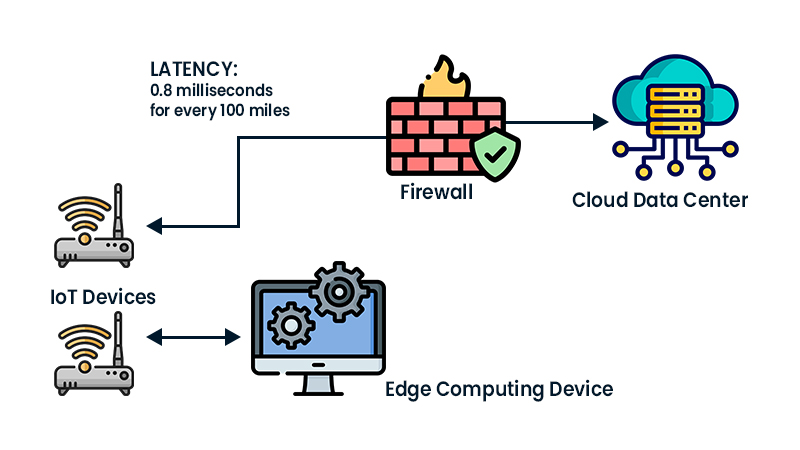
The technology has rapidly gained popularity across multiple sectors and has experienced rapid adoption which is attributed to the several features it presents. Also, the fiscal opportunities, efficiency and accessibility it allows gives the edge every business needs today.
Quick Deployment
Edge computing adoption is a key catalyst for quick innovation. Edge cloud computing’s swift deployment enables developers to create application architecture and test new concepts without being constrained by on-site hardware constraints or drawn-out procurement procedures.
The increased speed of deployment, combined with the ability to scale up or down as needed, makes it possible to develop new functionality in minutes rather than weeks or months. Edge cloud computing also provides an ideal platform for developers to prototype bespoke applications that can then be scaled up when they are ready to go live.
Automatic Updation
The Continuous Integration (Cl) and Continuous Delivery (CD) processes are software engineering practices that rely on the fact that new software versions can be easily tested and deployed in the cloud environment, allowing for higher product innovation velocities and releasing more and more features to the end-users on a monthly, weekly, and in some cases, daily basis.
The amount of automation that can be achieved through CI/CD is enormous. Edge computing is a new approach to cloud computing that uses local resources, such as sensor data or device memory, to enable new applications or services without relying on the internet.
Cost Efficiency
Edge computing lowers the cost of the data center. This is due to the fact that edge computing design has the potential to be more effective than conventional architecture. To expand your organization using the traditional design, you would need to make investments in hardware, infrastructure, utilities, and a sizable data center. Since you might benefit from the knowledge of your cloud provider’s staff, you don’t even require massive IT teams to manage your cloud data center operations.
Also Read: How The Web of Web Application Is A Profit Spinner For Businesses
Due to the fact that less resources are needed than with traditional architectures, the edge computing architecture also lowers the cost of the data center. In addition, compared to conventional systems that use servers at the edge, it is smaller and has lower latency.
Data Security
The revenue, customer loyalty, and brand positioning of a corporation can all be completely destroyed by data breaches and other cybercrimes. The cloud has various cutting-edge security technologies that ensure data is handled and kept safely. One of the main advantages of cloud computing is the accessibility of data from any location via the internet or other smart devices. This allows companies to use the data from multiple locations without having to worry about maintaining separate systems or overhauling their infrastructure. However, such services also require robust security controls to ensure that sensitive information is protected from potential cyberthreats.
The Bottom Line
Edge computing enables you to fully utilize the huge volume of untapped data that are generated by connected devices. You can find new business opportunities, improve operational effectiveness, and give your consumers faster, more consistent experiences. By evaluating data locally, the best edge computing models can also be your performance accelerator.
A thoughtful approach to edge computing can assist ensure privacy, keep workloads current in accordance with established standards, and comply with data residency laws and regulations.








